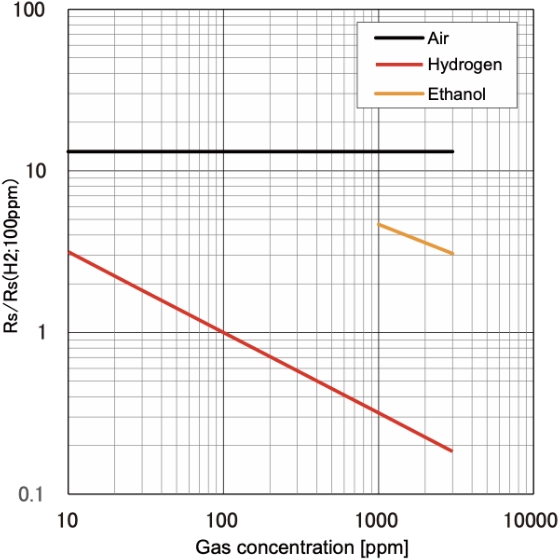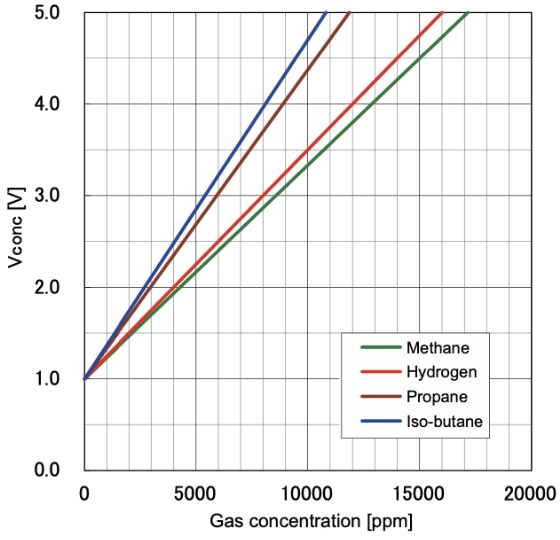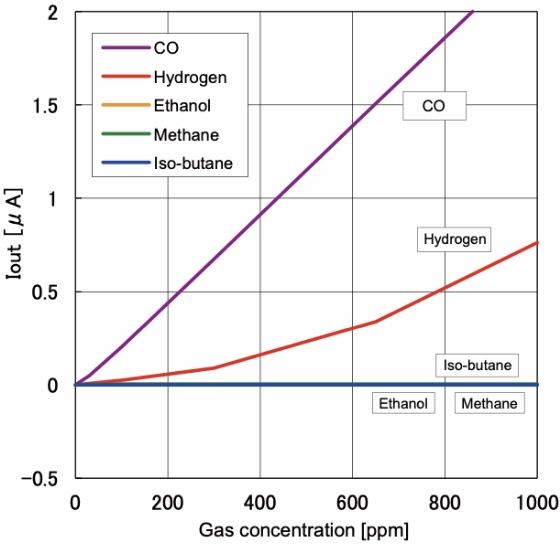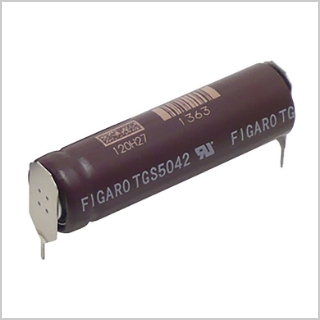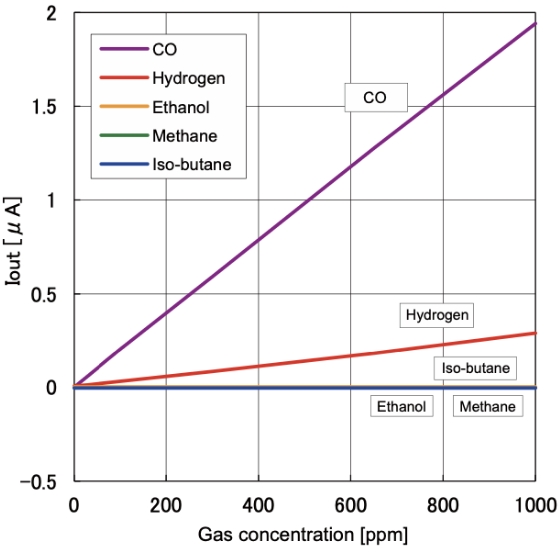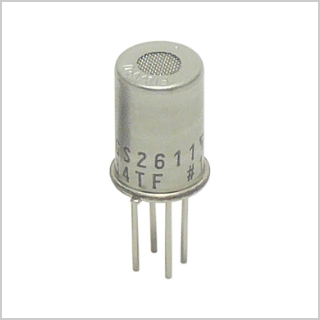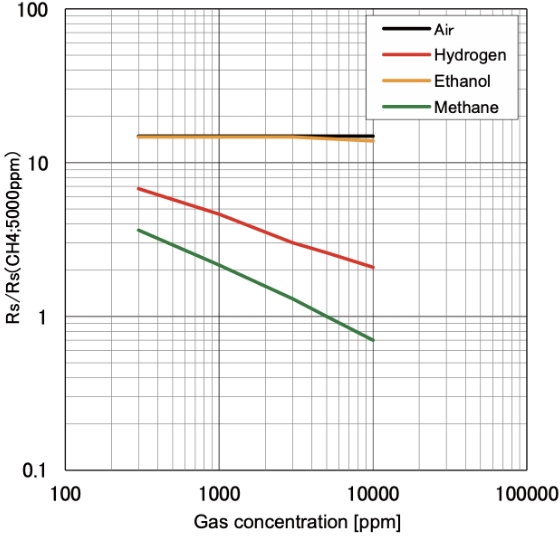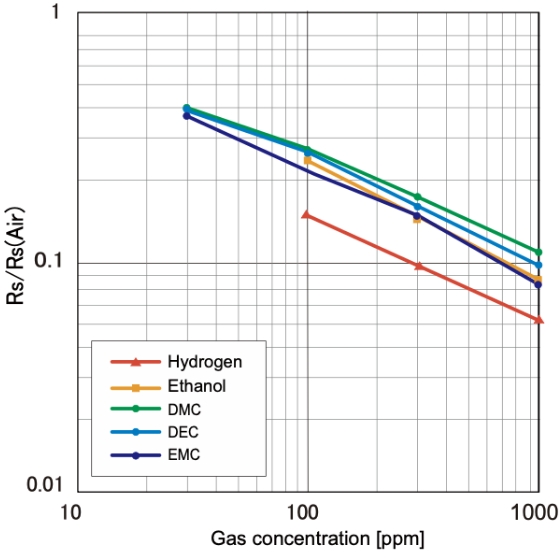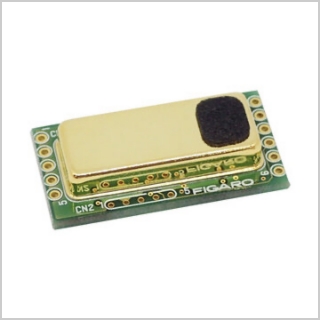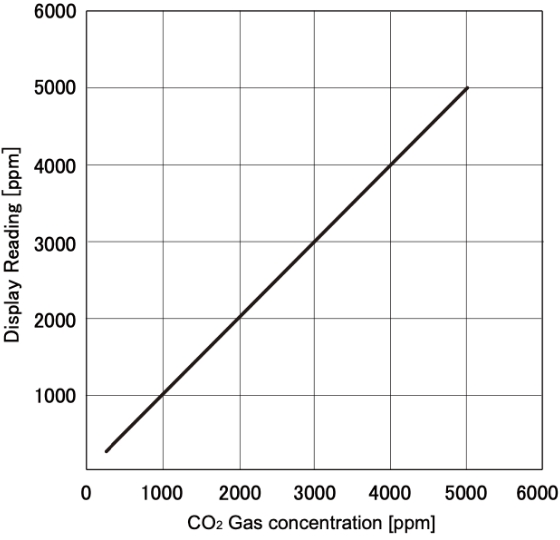
The recent advancements in lithium-ion battery technologies are rapidly progressing toward higher performance and increased capacity. And the application fields of lithium-ion batteries (LIB) are continuing to expand from mobile IoT devices and home appliances to battery energy storage systems, large scale backup power systems for data centers, electric vehicles, and future mobility.
The enhanced performance and expanded application areas of lithium-ion batteries make a significant impact on our community. However, there is a risk of heat generation or ignition from lithium-ion batteries, which is one of the drawbacks associated with them.
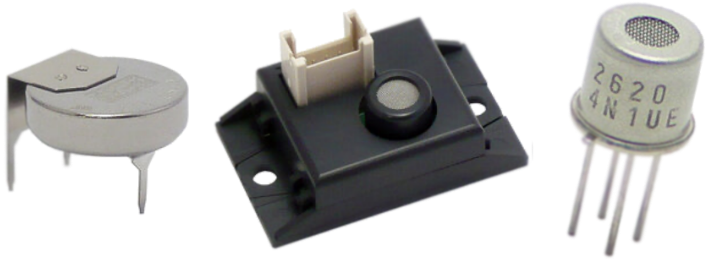
Dangers associated
with Lithium-ion Batteries
If lithium-ion batteries are subjected to improper charging conditions, short-circuits, vibration, mechanical shock, too high or too low temperature, or other excessive conditions during their use, storage, or transportation, they may experience the following issues:
- Thermal runaway*
- Electrolyte leaks
- Leakage of various gases from LIB due to increased inner pressure
- Pyrolysis reaction of electrolyte
* Thermal runaway is a positive feedback reaction that may occur within a battery when the temperature
inside has reached a certain temperature during charging or discharging, or in the event of other failures.
Once this process has begun, it can go out of control.
These problems are caused by a rapid rise in the temperature of the electrolyte within a lithium-ion battery, which can be triggered by elevated ambient temperature, high pressure, or other external factors. In the worst case, they may lead to an accident such as a fire or explosion.
Heat or smoke generation
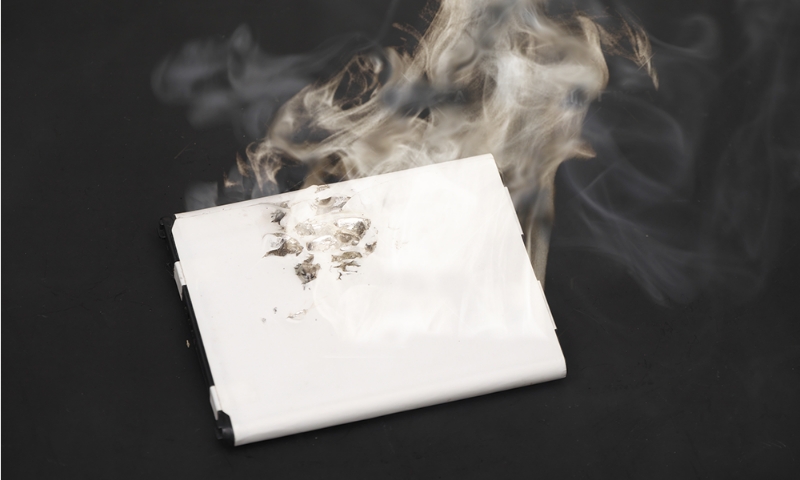
Fire after ignition
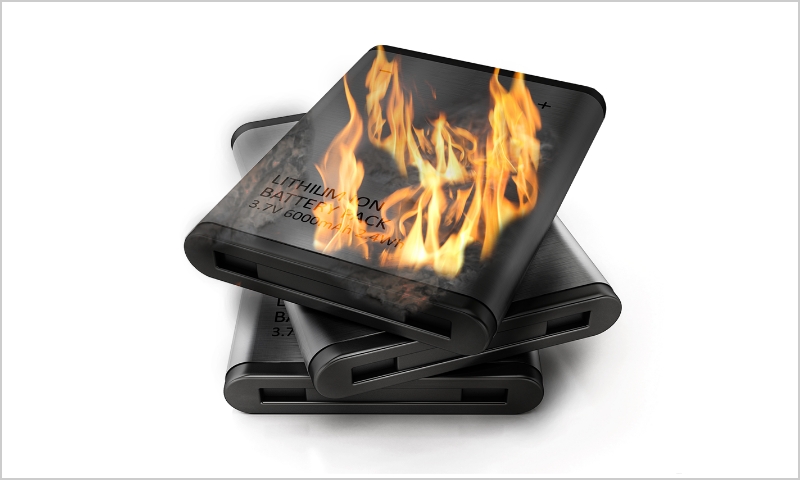
Gases generated in abnormal conditions
of
lithium-ion batteries
Typical gases that can be produced inside a LIB when certain abnormal situations occur with the LIB include hydrogen (H2), carbon monoxide (CO), methane (CH4), carbon dioxide (CO2), and hydrocarbons series volatile organic compounds (VOCs: EMC, DEC, DMC, EC, etc.). These hydrocarbons VOCs are thought to be vapors or pyrolysis products of the organic solvent used for the electrolyte inside a LIB.
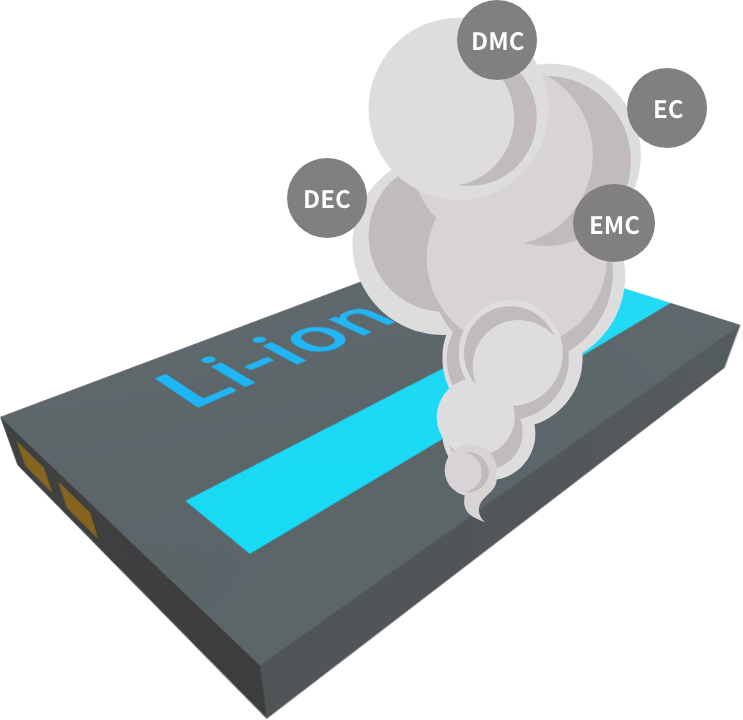
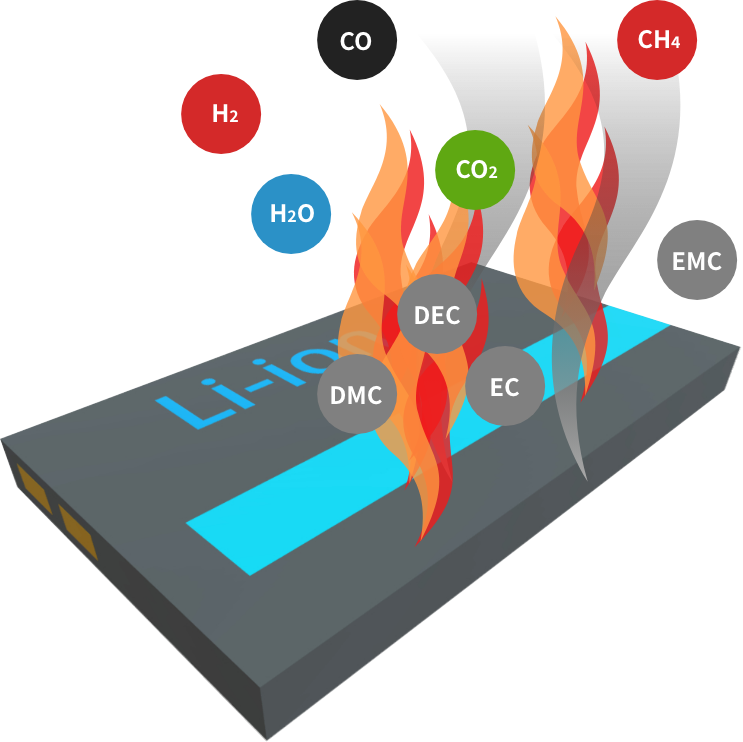
※ EMC : Ethyl Methyl Carbonate,
DMC : Dimethyl Carbonate
DEC : Diethyl Carbonate,
EC : Ethyl Carbonate
The incorporation of gas sensors, as shown below, into a safety system of the equipment utilizing lithium-ion batteries allows prompt detection of various gases that may be generated when an abnormal situation occurs within a LIB, even in a remote location where continuous human control is not feasible. This approach can help prevent serious accidents resulting from lithium-ion battery failures.
 Hydrogen (H2) Sensor
Hydrogen (H2) Sensor Carbon Monoxide (CO) Sensor
Carbon Monoxide (CO) Sensor VOC Gas Sensor
VOC Gas Sensor Carbon Dioxide (CO2) Sensor
Carbon Dioxide (CO2) Sensor Methane (CH4) Sensor
Methane (CH4) Sensor
Examples of Gas Sensor Applications
for LIB Safety
Hydrogen (H2) sensors, carbon monoxide (CO) sensors, VOC gas sensors, methane (CH4) sensors, and carbon dioxide (CO2) sensors can all play a vital role in enhancing lithium-ion battery safety in various applications, as shown below.
-
Battery energy storage systems
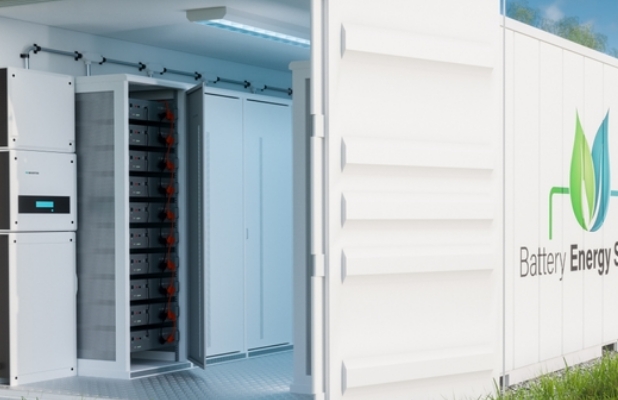
-
Large backup power systems

-
Production lines of LIBs
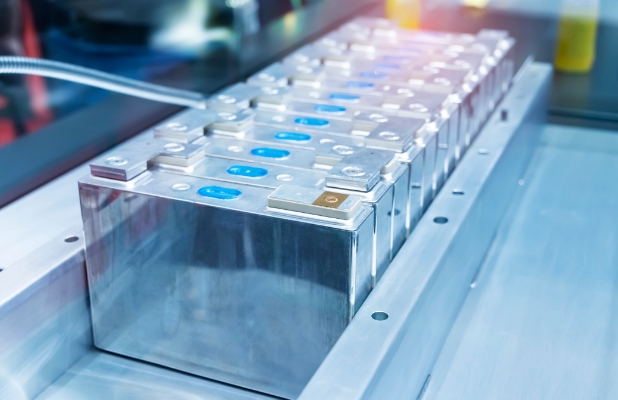
-
Industrial equipment

-
Electric vehicles
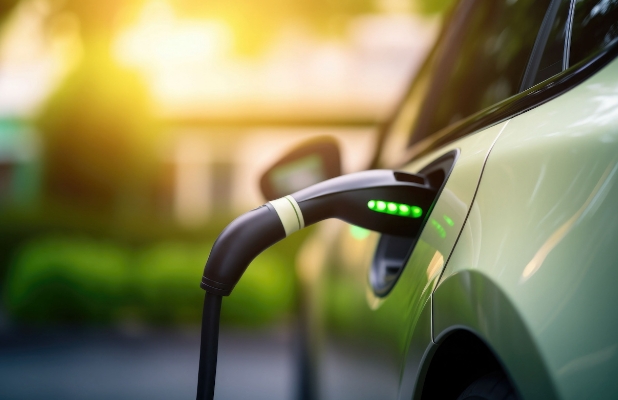
Line-up of Gas Sensors for
Enhancing Lithium-ion Battery Safety
Figaro gas sensors have a proven track record, and are known for their high sensitivity, reliability, compact size, long life, and affordable price. The use and applications of Figaro gas sensors are already widespread in a variety of equipment using lithium-ion batteries.



